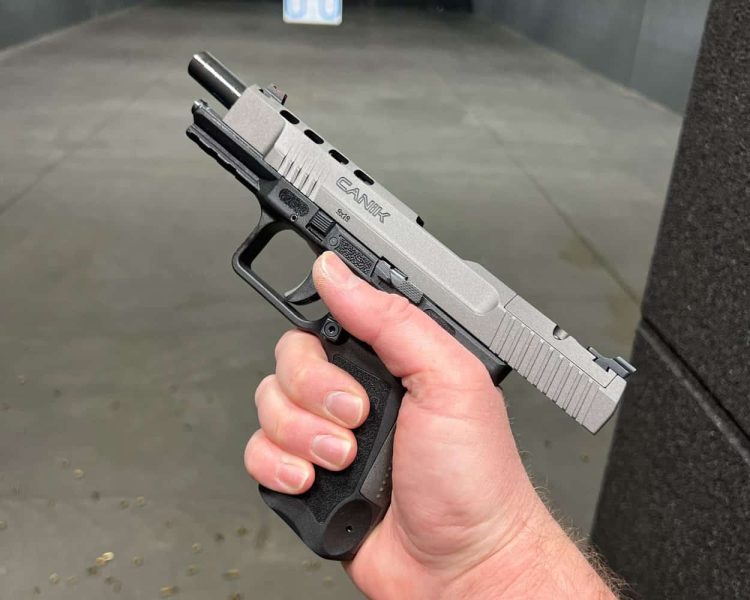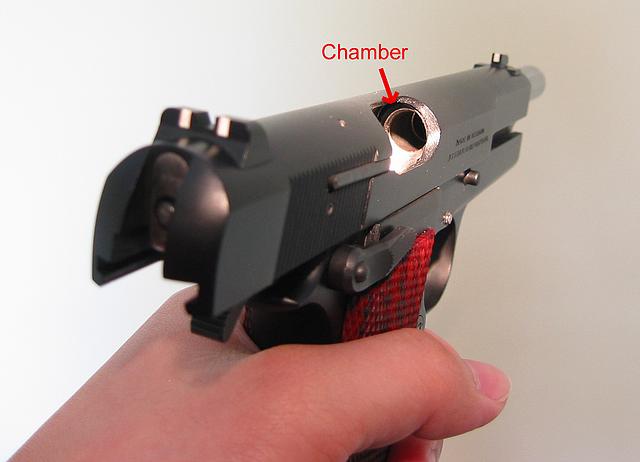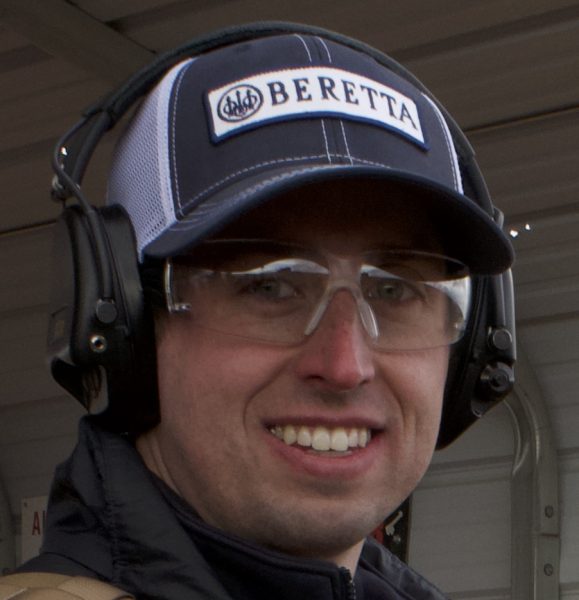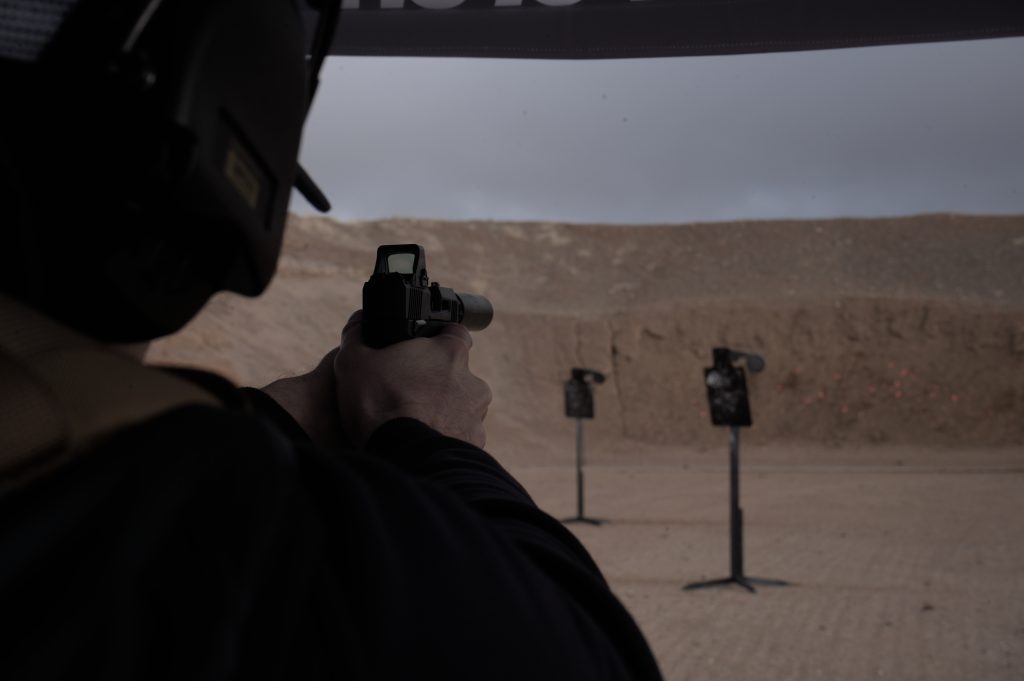There are a lot of reasons to enjoy firearms, from effective utility use around the homestead to personal and family protection, hunting, marksmanship, and more. No matter how or why you use your firearms, it’s crucial to your safety and the safety of all those around you that you know how to operate your firearm safely and effectively.
However, there are a lot of places that give a lot of different advice on common shooting mistakes and how to fix them. That’s why we’ve done the legwork and distilled all of the best information, combined with extensive personal experience, into a list of the most common firearms mistakes and some tips on how to fix them. Let’s take a look at some of the ways you might be able to make your shots more effective.
Failing To Follow Basic Firearm Safety
Failing to follow basic firearm safety is one of the leading causes of accidents and injuries. There is only one fix to this, and it’s as simple as they come: FOLLOW THE BASIC SAFETY RULES AT ALL TIMES.
- Keep your firearm pointed in a safe direction with your finger off of the trigger until you are ready to fire.
- Never point your firearm at anything you don’t intend to fire at, and potentially destroy.
- Always treat all firearms as if they are loaded.
- Be aware of your surroundings, your target, and what lies beyond it.
- Wear eye and ear protection when practicing or drilling.
Failing To Properly Grip The Firearm

This is a big one since your firearm is going to act as an extension of your own body. Having a proper grip on that firearm is a key component to safely and effectively handling that firearm when it’s loaded and the safety’s off. Your grip skill is going to enable you to shoot accurately and to more effectively control recoil.
A common mistake is holding the firearm too loosely, which causes it to move or shift around in the hand while firing. The best way to fix this is to practice holding the firearm with a firm but comfortable grip. Your fingers should be wrapped securely around the handle, but not overly tight.
Your grip should be tight enough that the firearm won’t move in your hand while firing, but not tight enough that you can’t hold it steady. Another sign that you’re gripping too tightly is not having the full feeling of your fingertips.
Poor Trigger Control
Not trigger discipline, trigger control. When you’re actively firing your gun, trigger control becomes one of the most important factors for accurate shot placement. Many people make the mistake of jerking the trigger back or raising their finger off of it and slapping it, both of which can cause the shots to be well off the mark.
To combat this, always before you deliberately focus on a smooth, steady squeeze. Don’t think of pulling the trigger back, think about squeezing the handle and the trigger together. Apply even, gradual pressure until the break.
Anticipating Recoil
Anticipating recoil, or even being fearful of it, is a common mistake that will cause you to miss even the simplest shots, due to inaccuracy and poor control. If you find yourself anticipating the recoil of some big iron, practice dry firing the firearm, which is firing without ammunition loaded. This can help you focus more on the trigger action and keep the firearm steady. Another way to help this is by shooting lighter loads or smaller calibers if needed.
Neglecting To Clear The Chamber

A common mistake before cleaning or storing a firearm is neglecting to clear and inspect the chamber. The reason this is a danger is that without verifying that the chamber is clear you may be risking an accidental discharge.
The only way to fix this is to develop the proper habits of consistently checking and rechecking firearms that you are around to ensure the chamber is clear and the safety is engaged. Also, remove the magazine and personally, visually inspect the chamber to ensure no rounds are remaining in the firearm. Then pull the slide or charging handle back to physically and visually inspect the chamber again.
Once you have confirmed the firearm is clear and safe, it can be considered safe for cleaning or storage.
Not Knowing How To Properly Store & Transport Firearms
Improper storage and transport of firearms can put them at risk of accident or theft. This costs money and time to fix, and it can result in your guns getting into the hands of criminals. Here are a few tips to help you store and move your firearms correctly:
- Always transport in a locked case or container.
- Never leave the firearm unattended.
- Keep the firearm out of reach of children and unauthorized users.
- Keep the firearm unloaded and secured during transport.
- If traveling across state lines or national borders, be aware of the laws and regulations in place to avoid potential forfeiture or confiscation of firearms. If in doubt, contact the authorities ahead of time for guidance.
Wrapping Up
Even the most seasoned shooters can benefit from tips and skill checks occasionally. Remember that by following some relatively basic guidelines and tips, you can become much safer as well as more effective with your firearm.
Written By: Brady Kirkpatrick



Hi thank you for this article. I’m new to the use of firearms since I haven’t fired since leaving the army and one hunting season since the 80’s. I’ve recently purchased a 9mm pistol to eventually be able to conceal and carry . I’ve fired off maybe 300 rounds so far at the range. This article gave me a lot of safety information that was badly needed. I will keep this article and make it a point to keep these tips in mind always. Thanks again.
I found your article very interewsting. I retired from the AF in 88 and hadn’t fired a weapon since 87. I have been a firearm owner since I was 16 and enjoy shooting at the local range. There are a lot of armed people who go out for concealed carry who have no idea what training they should take or need. I have seen some youtube videos that talk about training, but most of it is reviews and competition shooting. Training is something that I feel needs to be covered for all new shooters and old timers like myself, on a recurring basis. Thank you for the article. Safety is #1 for firearms!
Thanks for mentioning this important topic. I understand it better and will read again